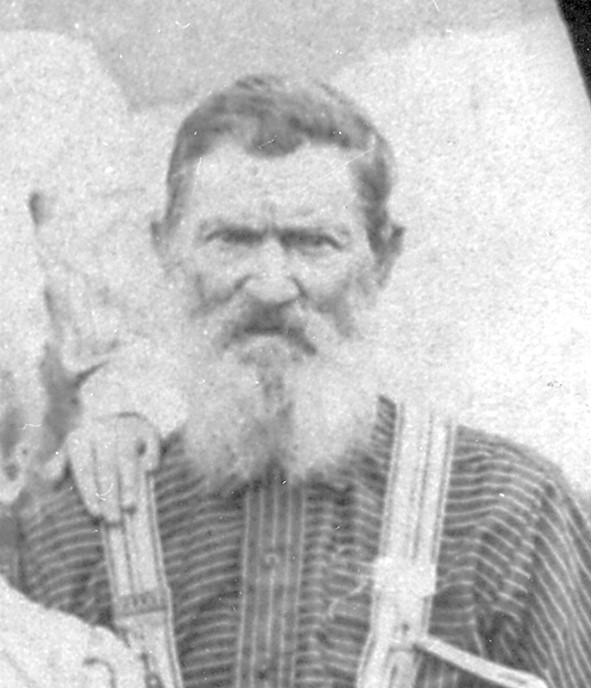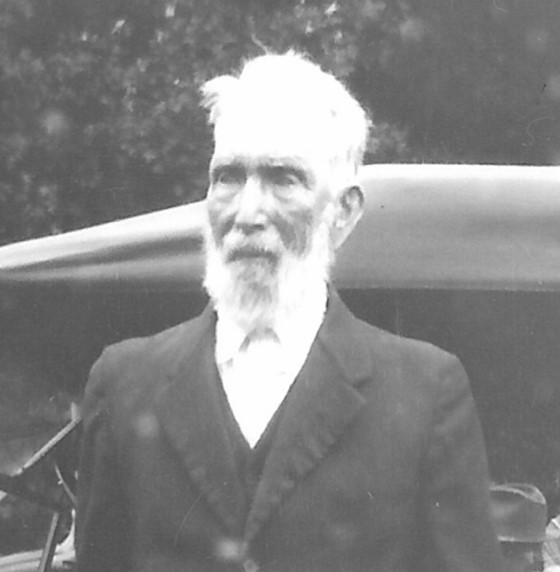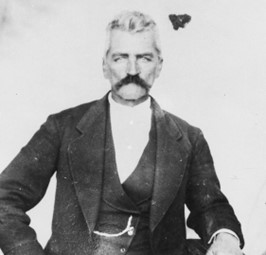Gunpowder’s main ingredient is the mineral saltpeter, also called niter. Did you know saltpeter comes from certain kinds of dirt? Did you know there was a saltpeter mine on Church Mountain during the Civil War? I had heard about it but did not know details until historian Richard L. Armstrong wrote “They Also Served” The Confederate Niter & Mining Bureau District 4 ½ – Staunton, Va., 1862-1865. With his findings and our family history information, we can get a better idea of local life during the war.
When the war started in 1861, demand for gunpowder boomed. The Confederacy had to import it from Mexico and England, until Northern blockades stopped the supply. The South needed people to manufacture saltpeter for the army. Major George W. Rains published a pamphlet in 1861, Notes on Making Saltpetre from The Earth of Caves, to encourage residents to process dirt that was rich in nitrates into saltpeter. The pamphlet explained how to get dirt from caves and underneath old buildings and boil, strain, mix with strong lye, and boil again and dry to form saltpeter. In addition to cave dirt, you could also use dirt from old cattle sheds, stables, slaughter houses, human urine and “night dirt.”
From the ingredients above, you can tell that making saltpeter would be a smelly and unpleasant job. Digging in dark caves and emptying slop jars were just part of the unpleasantness. Boiling down the dirt required water, firewood, and a lot of tending. Especially toward the end of the war, food for the workers was not plentiful, either. And it was tedious work. A cubic yard of dirt only yielded six to twelve ounces of saltpeter.
People used derogatory names like “petermunkeys” for saltpeter workers. The jobs were often filled by slaves, men over draft age, or detailed soldiers unfit for field duty. At first, men could get out of army duty by working the mines, but as the war went on, able-bodied miners were transferred to fighting units.
There were three known caves in Rockingham County: Church Mountain Cave, Hotinger’s Cave, and Saltpeter Cave. The entrance at Church Mountain could still be seen in the 1940s. George H. Copp operated it. It probably ran from 1862 until fall 1864. In April 1864, he had five white men ages 18 to 45 working for him, and they had made 170 pounds of saltpeter, or 34 pounds per worker. The government requirement was two pounds per person for each working day. According to Mr. Armstrong, the penalty for not reaching the goal of 2 pounds per man was to be transferred into a fighting unit.
In October 1864, Copp again reported 5 workers, but the total pounds of saltpeter was not listed. That month was when Sheridan’s men came through the Valley burning barns and mills, and likely the Church Mountain operation stopped. In total, George H. Copp’s operation produced 1,542 pounds of saltpeter.
Who worked Church Mountain Cave? The Civil War Enrollment book for fall 1862 says that Philip Pence, John Ritchie, Jonathan Ritchie, and George W. Fulk were detailed to George H. Copp. In January 1864, George W. Fulk deserted to the enemy, but the others were still with Copp. Berryman Custer was added to the detail for 60 days from May 12, 1864.



John Ritchie, probably the son of Michael Ritchie Sr., married Margaret A. Fulk and lived in “the Ridges” at Fulks Run.
Some Brocks Gap and Rockingham County men worked other mines, like Joshua Ritchie (probably son of Michael Sr.) and David Carr 1822-1906.
































